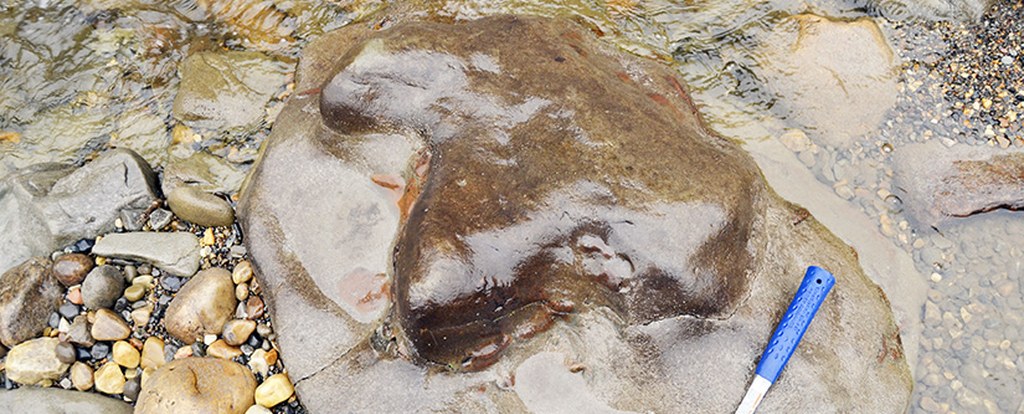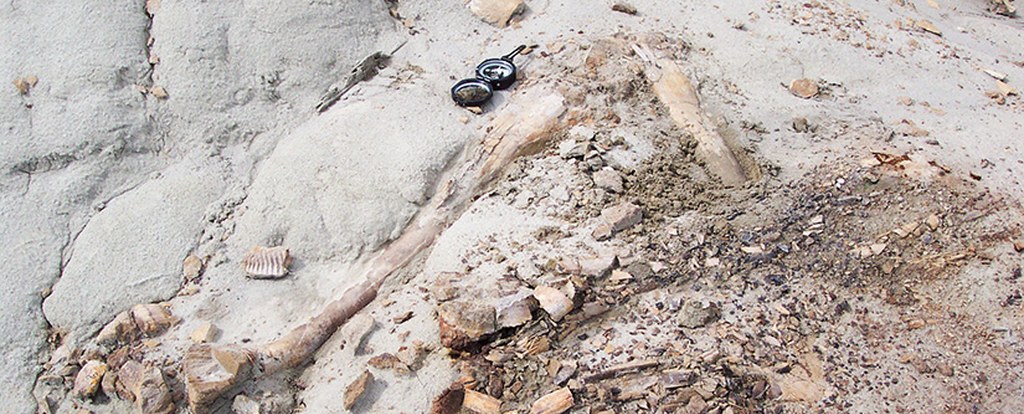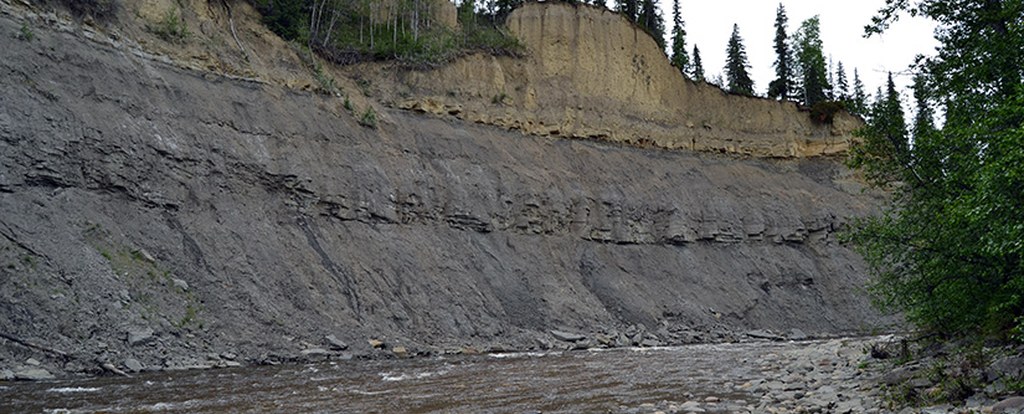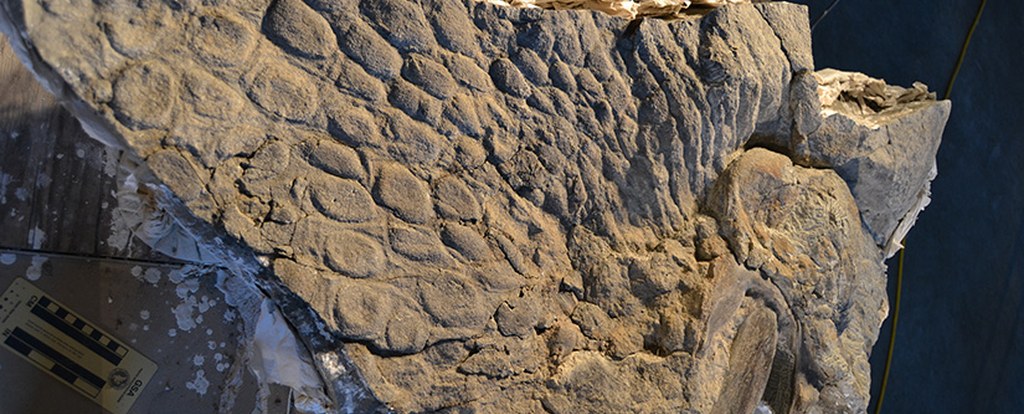Canada
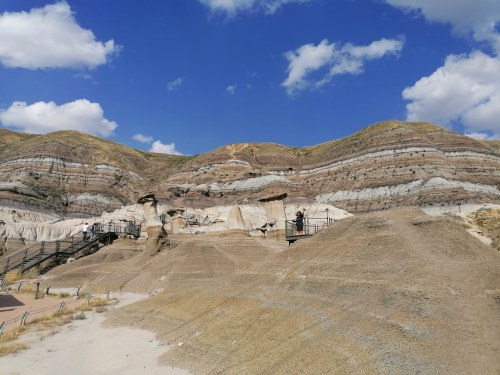
The Late Cretaceous terrestrial faunas of western North America provide one of the best datasets for unravelling potential relationships between fossil vertebrate communities and palaeoenvironmental factors. Patterns of vertebrate diversity are ideal subjects to examine macroevolutionary patterns, including biogeographic provincialism driven by latitude or coastal-inland habitat gradients. In this context, the terrestrial fauna preserved in the Campanian deposits of Alberta, Canada, are crucial for both geological and paleontological researches of our research group.
The Belly River and Edmonton groups, as well as the Wapiti Formation are renowned for their remarkable fossil record but also for studies on the evolution of clastic systems recording a complex and uninterrupted record of interbedded non-marine and marine deposits. Our team has been working across the province in order to investigate how local or large-scale palaeocological dynamics as documented in sedimentary rocks drive evolutionary patterns in the fossil record via adaptation/extinction events. In doing so, we have combined accurate taphonomic, sedimentological, stratigraphic, and chronostratigraphic analyses, providing a critical dataset to document palaeoenvironmental and palaeoclimatic dynamics on a meaningful arrays of contexts.
This research is grounded in a long-lasting collaboration between scientific partners and with all necessary authorizations from the Province of Alberta. Active research activities involve the University of Alberta (Edmonton, Ab), Philip J. Currie Dinosaur Museum (Wembley, Ab), Northwestern Polytecnic (Grande Prairie, Ab), Royal Tyrrell Museum (Drumheller, Ab) and Royal Ontario Museum (Toronto, ON).

